Unlike some similar international events, LewesLight isn’t just about creating something artistic. “It’s very site-specific”, Graham explains, “looking at the context of the space”. This year the festival is focussed on history, with a theme described as ‘The darker side of Lewes life’. It promises to go beyond familiar local events. “The idea is to investigate less well-known stories and those that have a more scandalous or darker undertone.”
The day-to-day management of the LewesLight festival is handled by three people: Graham Festenstein, Phil Rose from Sussex Downs College, who’s the festival’s Community Coordinator, and history consultant Edwina Livesey. They’re part of an organising committee that’s worked to ensure almost everyone involved has a local connection, including the lighting designers and artists who have been invited to take part. There’s been financial support from Lewes Town Council and a few other sponsors, although much of the assistance arrives in the form of equipment loans from architectural lighting manufacturers and suppliers. “The lighting companies tend to help us by providing us with equipment”, Graham says, “and they also provide personnel to help us put it in and get it all working properly.”
There’s a strong educational link to this year’s event. LewesLight has partnered with the local Sussex Downs College campus, working closely with Production Arts, Digital Arts, History, Tourism and Marketing students. It’s also developing STEM workshops (Science, Technology, Engineering and Mathematics) with local schools, supported by Sussex University. In addition, LewesLight is promoting energy-efficient lighting and explaining the importance of ‘dark skies’. All of last year’s event only generated the same amount of electricity as half a football match under floodlights, Graham tells me, which demonstrates the effectiveness of LED lights.
In fact, the 2016 electricity bill could be one of the few aspects of LewesLight that’s largely unchanged from last year’s festival. Participating locations will be better advertised, there’ll be clearer maps and the guided tours will contain more information. There’ll be different venues as well: Graham tells me I shouldn’t assume it’ll be all the ‘old favourites’ illuminated this month. “We're not doing all the same sites. There's always going to be a little bit of overlap but, if we do overlap, we'll have a different designer.”
LewesLight starts on Monday 10th, with installations around the town on the evenings of Friday 14th, Saturday 15th and Sunday 16th. leweslight.uk
First published in Viva Lewes magazine issue 121 October 2016
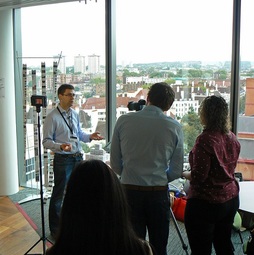
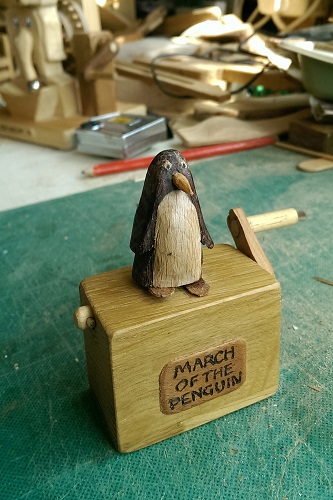

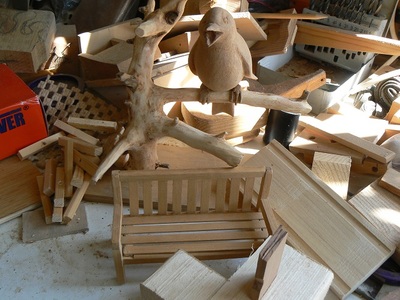
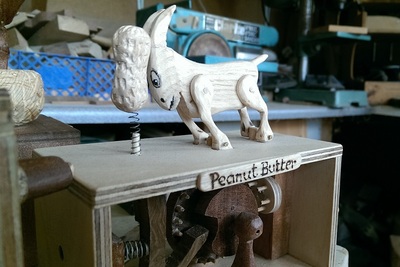
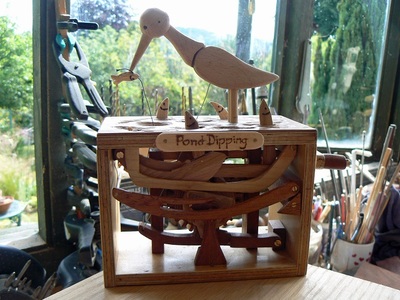
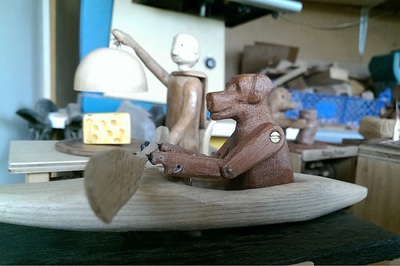
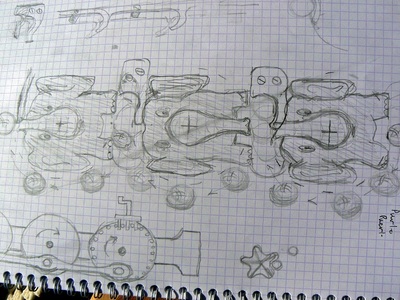
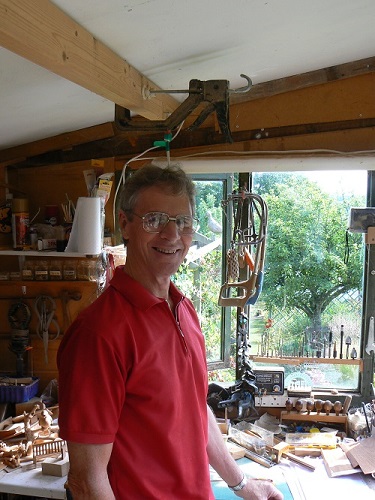
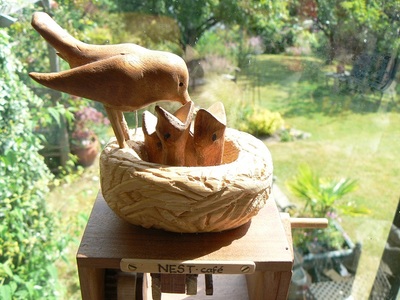
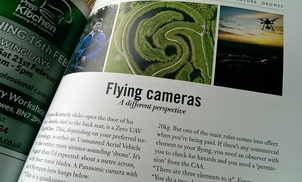

 RSS Feed
RSS Feed
